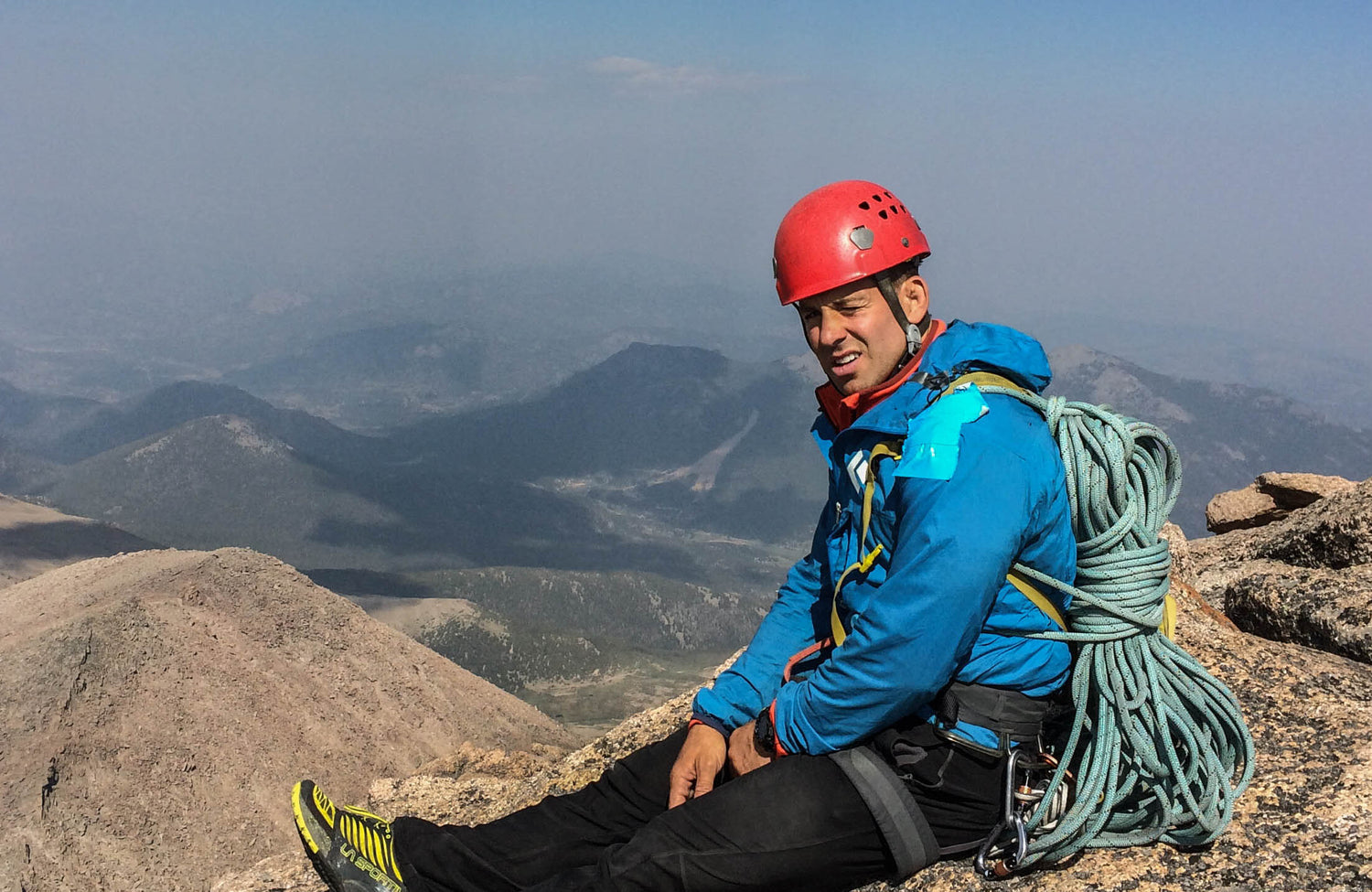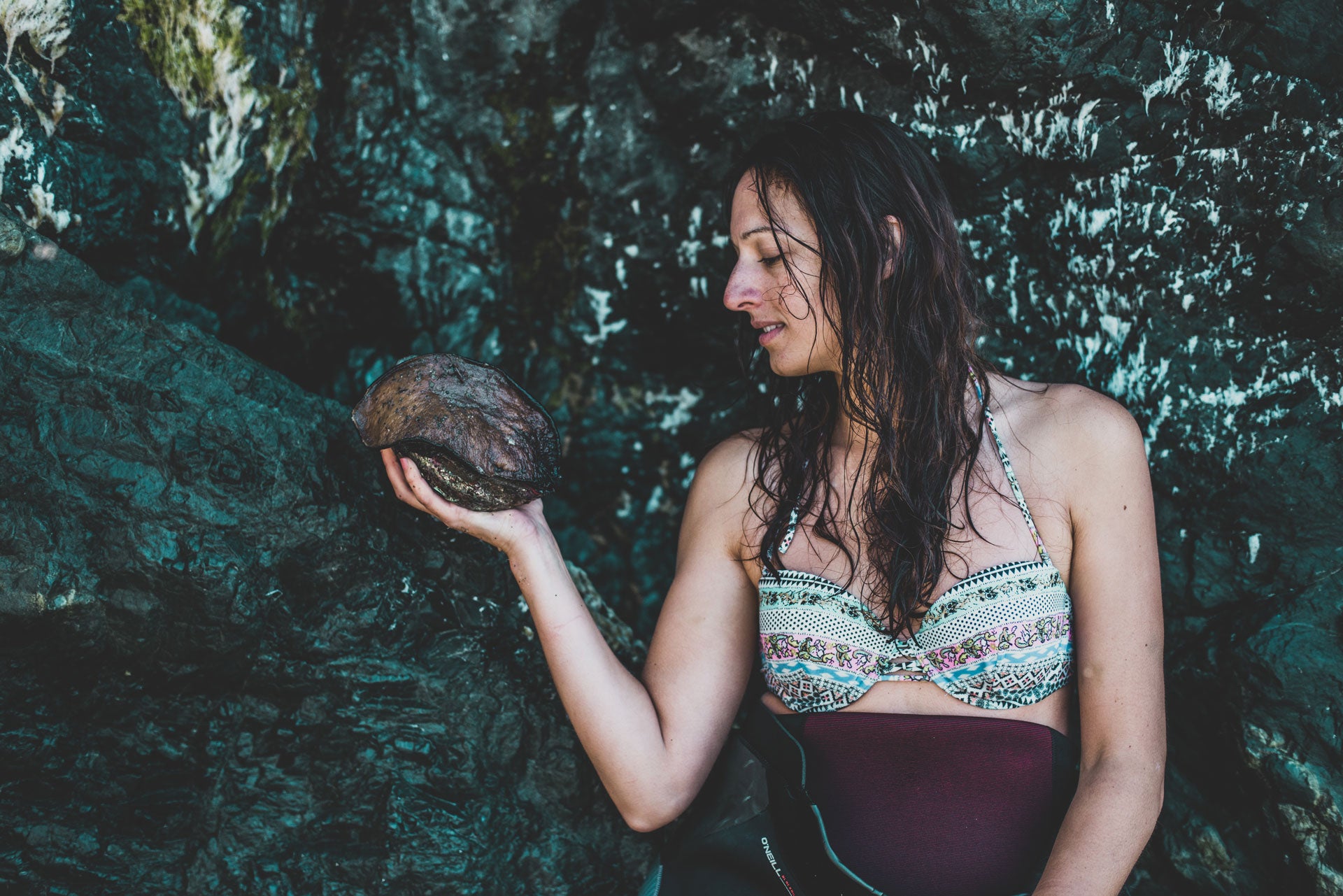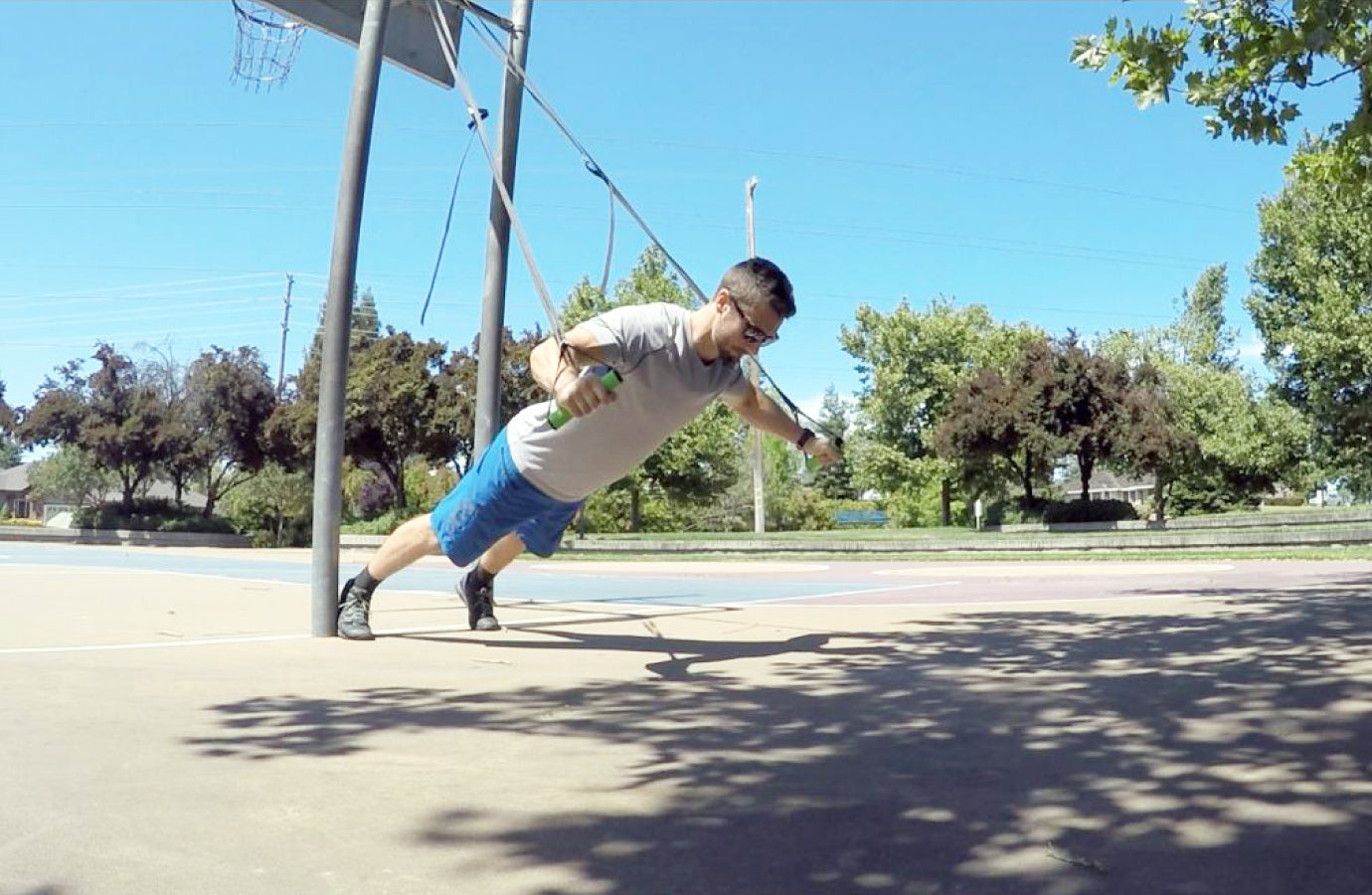Inspiration. Motivation. Action. Execution.
Check out the LPT Workout at the bottom of this post.

I spend a lot of time getting inspired. I read adventure magazines, blogs (lots and lots of blogs) and scroll through too much Instagram (admittingly, sometimes even while sitting on the toilet...). In my opinion, my ratio of inspiration-to-execution is highly screwed in the direction of inspiration, but nonetheless, I continue with the practice. I read about all these adventures or challenges that I think I can do as well as think that I want to do. However, I find that the weekends can roll by without any of these Misogis ever getting attempted. Maybe I’m scared to fail (unlikely, I fail all the time), or, maybe I’m lazy. Perhaps I just need to stop thinking so much and just execute. That’s what Misogi is all about, pushing your limits so you can actually figure out what you are capable of doing.

I first heard of the ‘Longs Peak Triathalon’ (a.k.a LPT) a few years back while reading Bill Wright’s blog. Bill is a local Boulder athlete and self-proclaimed ‘average guy’. Maybe this is what attracts me to his stories of adventure. He is a ‘normal’ guy with a ‘normal’ job, who despite his normal-ness does some of the raddest things I can imagine. The LPT is an unofficial Boulder challenge that combines biking 38-miles from Boulder to the Longs Peak trailhead, hiking (or running) 6 miles to the base of Longs Peak and then ascending the mountain by a technical rock climb. Once you stand on top of the 14,259-foot summit, you are only halfway done. From there, you descend to the trailhead and ride back to Boulder. This Misogian-adventure covers roughly 90-miles and gains a total of about 11,500 feet. It’s perfect.
My good friend Michael and I started at just after 4am on Saturday, September 2, 2017. The forecast called for splitter (splitter = perfect) weather and we went light hedging that the information provided by the internet would lead us to glory. Starting in the dark is always a wild feeling. Time and distance seem to move at different rates. Without light it feels like you can teleport across a very large distance in what feels like no time. Then, the sun rises and it suddenly takes an eternity to cover the next mile. Relativity? Or, just an interesting phenomenon of human existence? You be the judge.

The ride to the trailhead was hard, but it was the hike afterwards that was harder. I was stuck in 3rd or 4th gear and felt way slower than my usual pace. I should also note that we had not one, not two, but three ‘porters’ (friends that we somehow convinced to carry all our stuff for us). We were going to decide which route to climb once we arrived at the base of Longs Peak and could take/leave whatever gear we needed. The choice was obvious, we opted for the easier Kiener’s Route which goes at 5.4 (rating for how hard a climb is on the Yosemite decibel scale). 5.4 is relatively easy and we did the entire route sans rope. The climb begins with 1,000 feet of steep snow. We donned steel crampons and kicked steps into the softening afternoon snow. Near the top, the snow steepens and a fall would most likely end in death or severe injury. At this point, we traversed ~40 feet to the west where we gained a narrow ledge called ‘Broadway’. This part of the climb was the most intense for me. At one point, the trail is blocked and you are forced to reach around for a less-than-perfect hold with 1,000 feet of air below you. I was gripped. After Broadway we arrived at the start of the technical climbing. This went quickly. The hard parts were short and a fall would at worst end in a broken ankle. After the lower difficulties, the next section involved several hundred feet of ledge mantling to the summit. I was feeling great until we took a break, and when we re-started, I was hurting. The altitude, lack of sleep, and the morning’s ride/hike were taking their toll. At times, I would mantle up onto a ledge and find myself slumped upon a perfect resting ledge provided by millions of years of geological process. We surmounted one last obstacle and suddenly found ourselves on the summit. The weather was unbelievably perfect and you could have done the whole route in shorts and a T-shirt.

The funny thing about mountaineering and climbing is that in 99.9% of cases, the summit is only the half way mark. You still have to descend and this is where things typically go wrong (at least that’s what statistics tell us). We descended a shorter and more direct route and were soon back on the rocky trail. My footwear was not the best for hiking long distances and I earned the blisters I deserved. My mind could not stop returning to the fact that we still had to ride our bikes home. I hadn’t eaten much in the last several hours and was done with packaged bars. I had a cache of random snacks in a car at the trailhead and this kept me moving. There were several points during the hike down when I thought that I would have been perfectly content not riding down. However, I knew that I would immediately regret the decision. I was tired, I was in pain, but I was not at my limit.

We popped into the parking lot and were greeted by Michael’s girlfriend Stacey and another porter Kaiti. The quesadillas they had waiting tasted (at the time) like they came directly from the finest Taqueria in the world. My energy levels were dramatically improved and I was psyched for the ride.
I had no idea how my legs were going to feel on the first few climbs. However, after the final ascent out on Allenspark, we were rewarded with ~15-miles of continuous downhill riding. The only problem was that it was now dark and we were riding down an un-lit mountain canyon. Sub-optimal at best, especially since my bike light was not recharging as I had planned. Luckily, I brought a spare set of batteries for my headlamp and this was enough to allow me to see, barely. We bombed down the canyon at around 40 mph with our lights supplemented by a half-full moon. It was fun, but I was so tensed up the whole time it wasn’t much of a recovery.

We arrived back into the town of Lyons and were suddenly immersed in lights, sounds, and traffic. Ending in the dark does not have the same effect as starting. This final leg back to the finish was a grind. We endured and finally crossed the finish at ~10pm. It had taken us 18-hours to complete the LPT.
Inspiration. Motivation. Action. Execution. Sometime during this Misogi I reflected on the process that had lead me to where I am. I had been inspired by reading Bill’s blog. I was motivated enough by that inspiration to take action. I purchased a road bike so that I actually had the tools to train for and complete the LPT. Finally, with the help of my good friend Michael, I had a willing partner to take on (and help me through) the adventure.
The dichotomy between the thinking and the doing has been a source of dissatisfaction for me. When I began writing this, my original intent was to discourage focusing on the inspiration and motivation, instead, encouraging 100% attention to execution. You can feel like you are missing out on all these great opportunities and adventures, especially if you are spending any amount of time online where everyone is doing something rad all the time. I know is not the case in reality, but still, it can be hard to accept. Instead, my reflection has lead me to believe that you cannot have execution without inspiration. There cannot be a predator without the prey and there is no light without dark. The problem was me. I was not harnessing the inspiration appropriately. For years, I would say to myself that I would take on this challenge, but never did. There was no reason for this. I was fit, I could have easily borrowed or rented the equipment, and I was plenty motivated. I have heard this called resistance by people much smarter than myself. Resistance can crush big dreams and years of preparation without lifting a finger. Resistance will kill an adventure by letting you sleep through an early morning alarm or by allowing you to forget a critical piece of gear. Resistance is sinister in that it hides in the justifications we believe so quickly when we hear them from ourselves. Beware and fight it to the death – of adventure.

I am a monkii who has been inspired by others. If you have a story you think will inspire the thousands of other monkiis out there, please send it to: Elders@monkii.co.
Adventure on monkiis!
-monkii Dan
LPT Workout:
By far, my quads felt this way more than anything else. Adding in some Single-Leg training volume would be an excellent idea for anyone thinking of doing a big day of cycling and hiking. In addition, hiking downhill requires a ton of eccentric strength. Adding in the jumping and landing helps to train the muscles to be strong while ‘lengthening under load’. Your quads do this all day long when you hike downhill. Try this out:
Mountain Legs
3 sets of Leg Blasters, resting 1-minute between each set.
1 Leg Blaster = all of the below.
20 x Squats
20 x Lunges (Alt. legs)
20 x Scissor Jumps (Alt. Legs)
10 x Jump Squats
Do 1 set of Leg Blasters then rest for 1-minute. To begin, do 3 total sets, resting 1-minute between each set. As you become more wild, work up to 5 or even 7 sets (still resting for 1-minute between each set).
Mountain Core
Riding, hiking, then climbing requires a ton of core stability. In addition, adding in some extension work to strengthen the lower back and open the hips helps to counteract the ‘closed’ position of cycling.
4 Sets:
30 Mountain Climbers
20 Hip Lift + Hammy Curl
10-20 second Plank
Rest as you need to throughout the sets. Try and keep an up-tempo pace and avoid muscle failure on any of the sets.




Leave a comment
This site is protected by hCaptcha and the hCaptcha Privacy Policy and Terms of Service apply.